A bold vision for a climate-neutral and competitive Europe
Next event In person & livestreamed
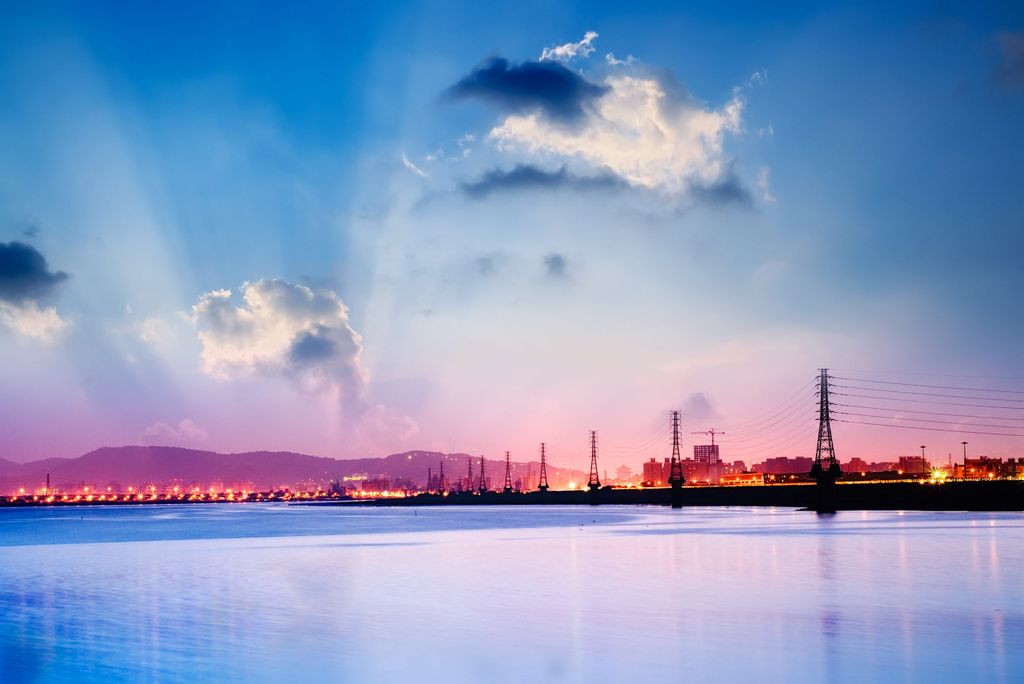
- Area of Expertise
- Climate, Energy & Natural Resources
Climate, Energy & Natural Resources

Programme Manager for Climate, Energy & Sustainability at Friends of Europe
The pathway to meet the target of net-zero emissions by 2050 is narrow. Reaching this legally binding commitment by mid-century will require comprehensive changes across every sector. Developments in the energy sector merit particular focus. The sector is both disproportionately responsible for greenhouse gas emissions – more than 75% of the EU’s emissions come from energy – but is also at the cutting edge of many ground-breaking developments in decarbonisation.
Electricity will play a central role in the clean energy mix. Forecasts from the International Energy Agency (IEA) project that, in order to meet net-zero emissions by 2050, renewables will need to account for almost 90% of total electricity generation and that approximately 70% of this generation will need to come from solar photovoltaics (PV) and wind.
In 2022, the European Commission introduced the REPowerEU Plan to rapidly reduce the EU’s dependence on Russian energy and to accelerate the clean transition. Building on the EU’s aim to reduce emissions by 55% by 2030, the REPowerEU Plan proposes an increase in the EU’s renewable energy target to 45%.
Wind energy is a source of huge potential as the EU transitions to a decarbonised power system. In the last three years, the EU’s wind generation capacity has increased significantly and several member states have financed major on- and offshore wind projects, as governments recognise the importance of improving energy security and realise the dividends of increased renewable electricity generation. Offshore wind, in particular, has considerable potential. Europe is considered a technology leader in offshore wind and the IEA expects that offshore wind it could become the largest source of electricity in the EU by 2040.
The EU is severely off-track from its own targets
Such growth in the EU’s offshore wind industry serves as a prime example of how the twin goals of decarbonisation and energy security can be married.
Given the continued decrease in renewable power generation costs and Europe’s stable and abundant wind resources, the EU should be well-positioned to lead the acceleration of the clean energy transition. However, the European competitive advantage is shrinking and, today, the EU faces stiffer competition from other regions. However, these challenges are not simply exogenous in origin. There are three endogenous barriers that the EU must overcome to fulfil its potential as a global ‘wind power’.
Firstly, governments in the EU need industrial development that is fit for net-zero. While the general political case for accelerating clean energy deployment has largely been settled, considerable work must be completed to speed up the deployment of new wind technologies, particularly offshore installations. The body representing the wind industry in Europe forecasts that when it comes to the construction of new wind farms, the EU is severely off-track from its own targets. The Commission’s proposed Net Zero Industry Act, which aims to make Europe an industrial base for net-zero technologies and enhance the EU’s industrial competitiveness, is a logical step towards the goal of climate neutrality. However, to accelerate the deployment of wind energy, many governments will need to recalibrate their approach to industrial policy altogether. In certain member states, the industrial locus may need to shift geographically, necessitating the movement of capital, major levels of investment in grid infrastructure and the creation of new employment opportunities. This will require a shift of political mindset in many jurisdictions. However, if the EU is to maintain its leadership position in wind energy, it will be an essential shift.
The REPowerEU Plan called for the EU’s permitting process to be “drastically accelerated”
Secondly, the permitting process for clean technology production needs wholesale reform. The deployment of wind energy projects, in particular, is significantly hampered by the pace of approval. While existing EU legislation states that decisions on permit-granting should take no more than two years to complete, data collected by the think tank, Ember, show that onshore wind permitting in the EU takes between two-and-a-half years and ten years to complete. This turgid process has been well observed and the Commission is beginning to take proactive measures. In 2022, the REPowerEU Plan called for the EU’s permitting process to be “drastically accelerated” and the 2023 Net-Zero Industry Act commits to “simplifying the regulatory framework for net-zero technologies”. While, of course, due diligence and thorough environmental impact assessments will always be needed when awarding permits, it will not be possible to maintain, nor attract, the necessary clean tech investment to meet the EU’s renewable energy targets if permitting takes a decade to complete.
Thirdly, Europe needs to invest in strengthening the interconnectedness of its electricity grid. Electricity connection among member states is important for increasing the share of renewables in the energy mix, improving the flexibility and coordination of the electricity system, and for enhancing energy security.
The EU has the advantage of being among the ‘first movers’
The REPowerEU Plan highlights the importance of implementing projects with a “focus on cross-border connections to build an integrated energy market that secures supply in a spirit of solidarity”. As longer-term electricity storage solutions continue to be developed, interconnection can help to address the intermittency question by transporting electricity to the point of demand when excess supply is generated. Importantly, cross-border interconnections can flow in both export and import directions. Indeed, the Commission’s Offshore Renewable Energy Strategy recognises that scaled-up offshore power generation and a well-integrated system will also support indirect electrification through renewable hydrogen – an important energy vector in the EU’s roadmap to net-zero emissions.
The EU has the advantage of being among the ‘first movers’ with respect to the development of wind power. Nearly 50% of the active companies in wind energy are headquartered in Europe and the bloc benefits from being a global leader in the manufacturing of key wind turbine and cable components. The EU can double-down on its position as a global wind power, accelerating the decarbonisation of its energy mix and strengthening its energy security position. However, it will need to make industrial processes fit for net-zero, expedite the permitting process for wind projects and better integrate European electricity grids.
The views expressed in this #CriticalThinking article reflect those of the author(s) and not of Friends of Europe.
Next event In person & livestreamed

Past event In person & livestreamed
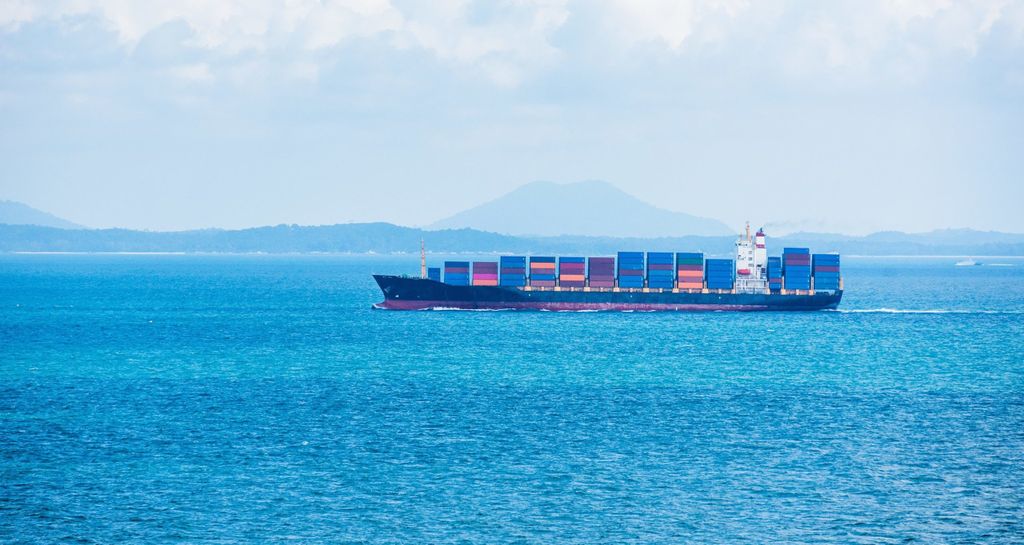
Past event In person & livestreamed
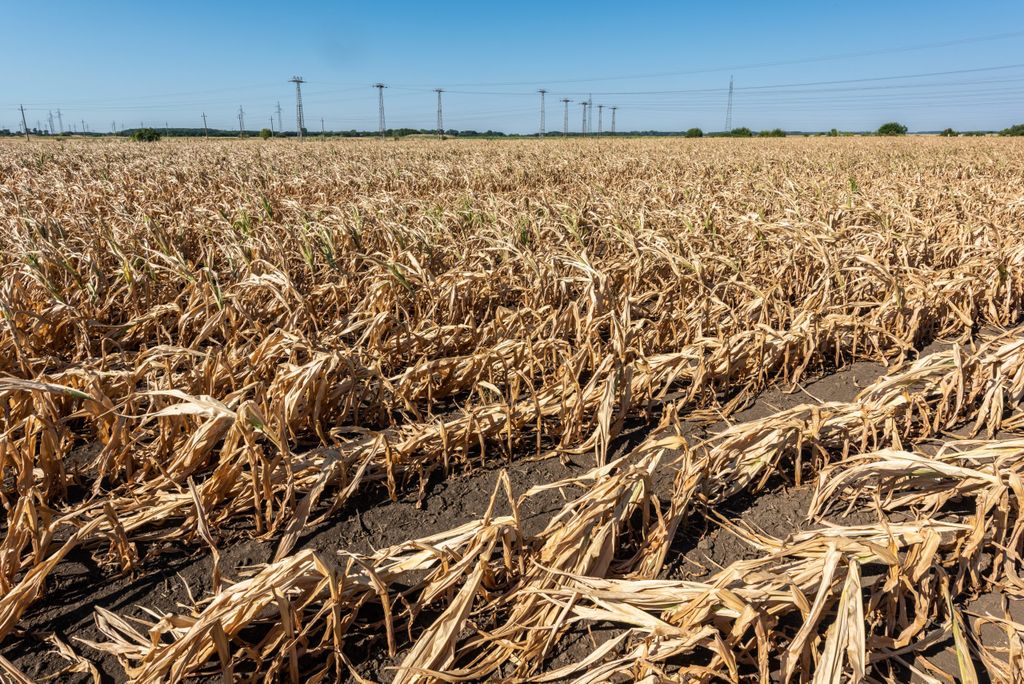
Past event In person & Livestreamed
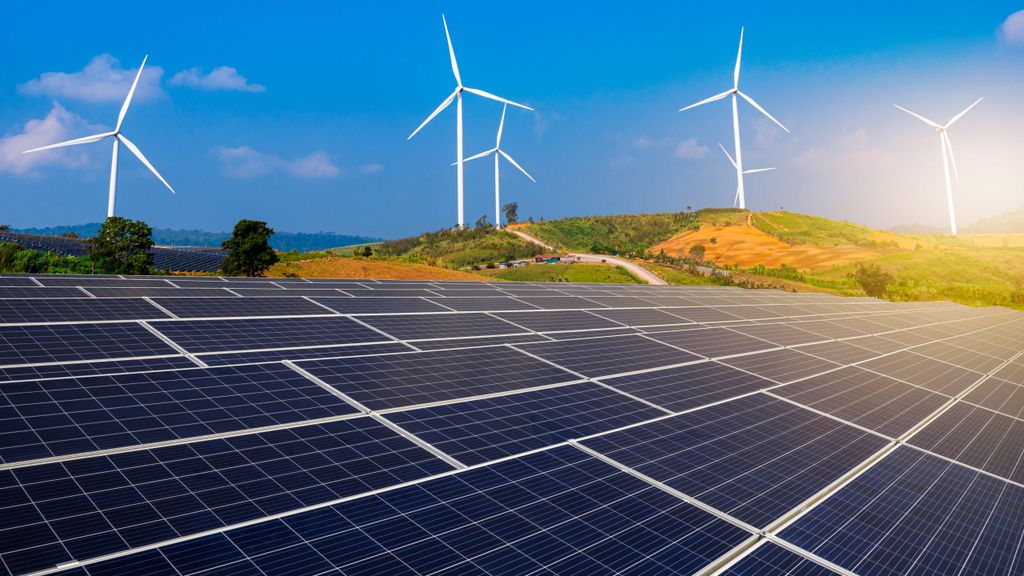

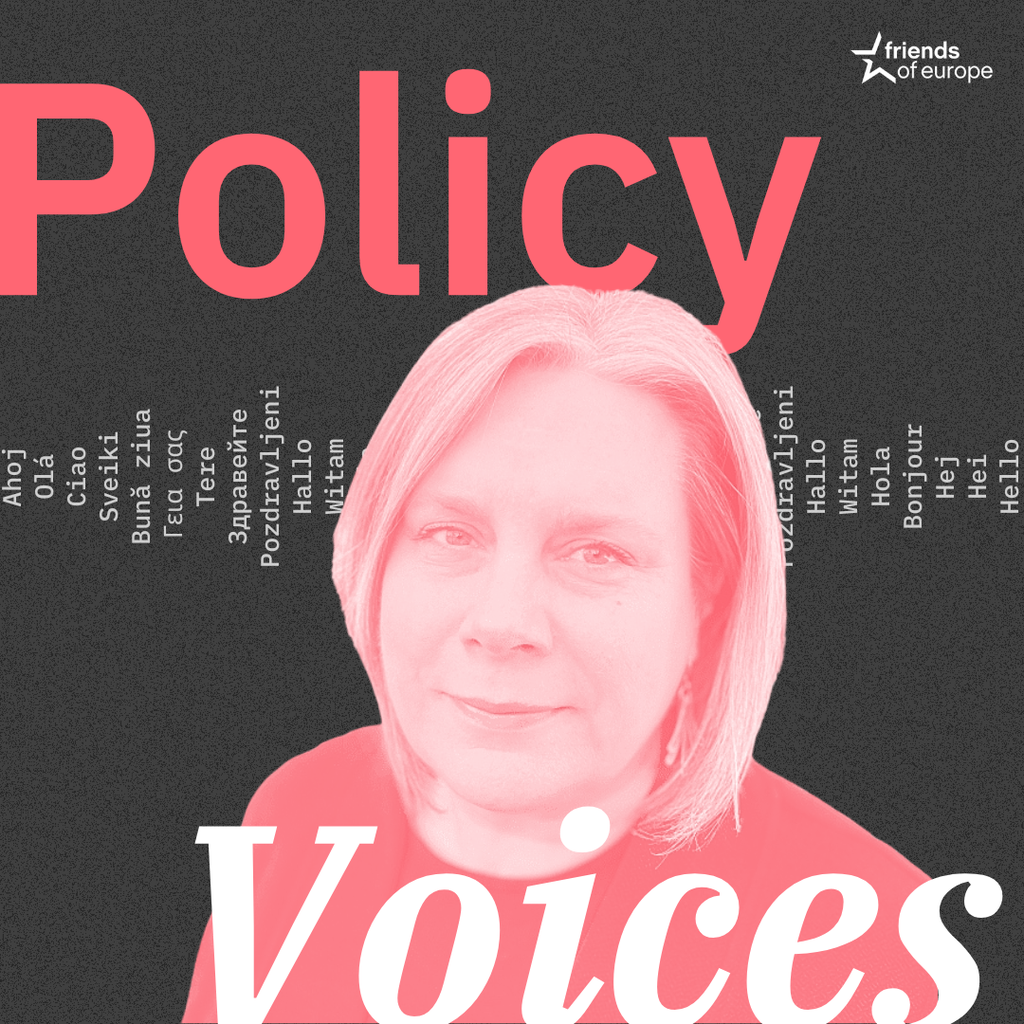
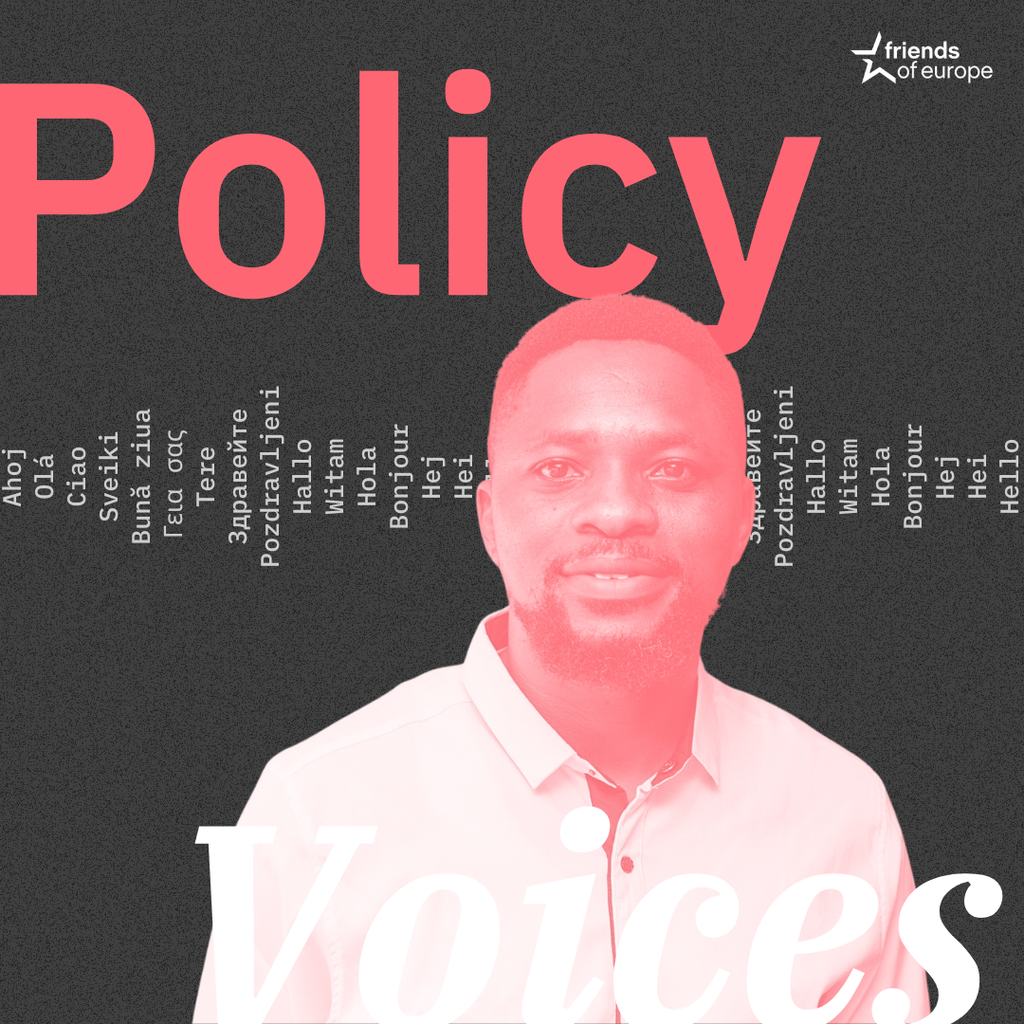

Stay informed
We use cookies and similar technologies to adjust your preferences, analyze traffic and measure the effectiveness of our campaigns. Learn more about our privacy policy.